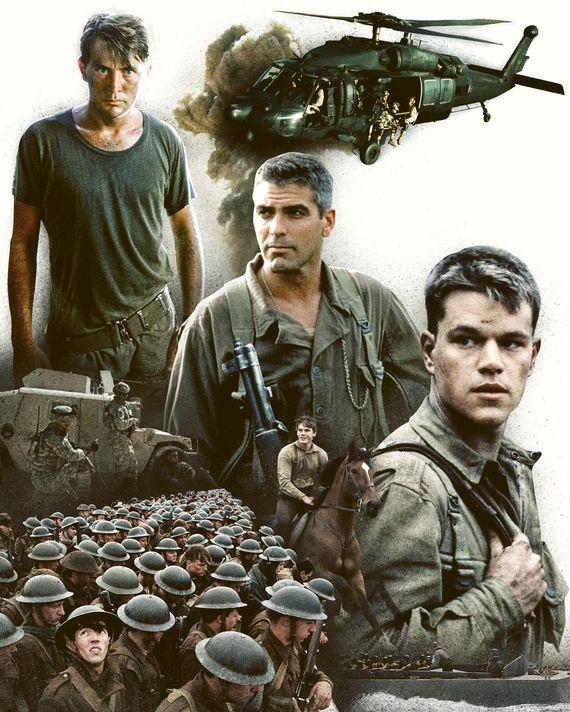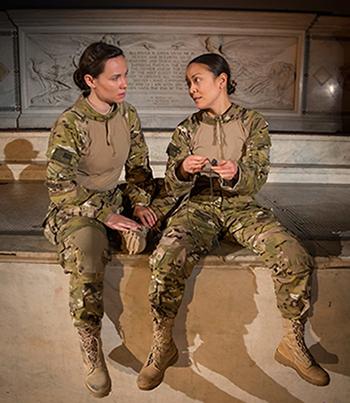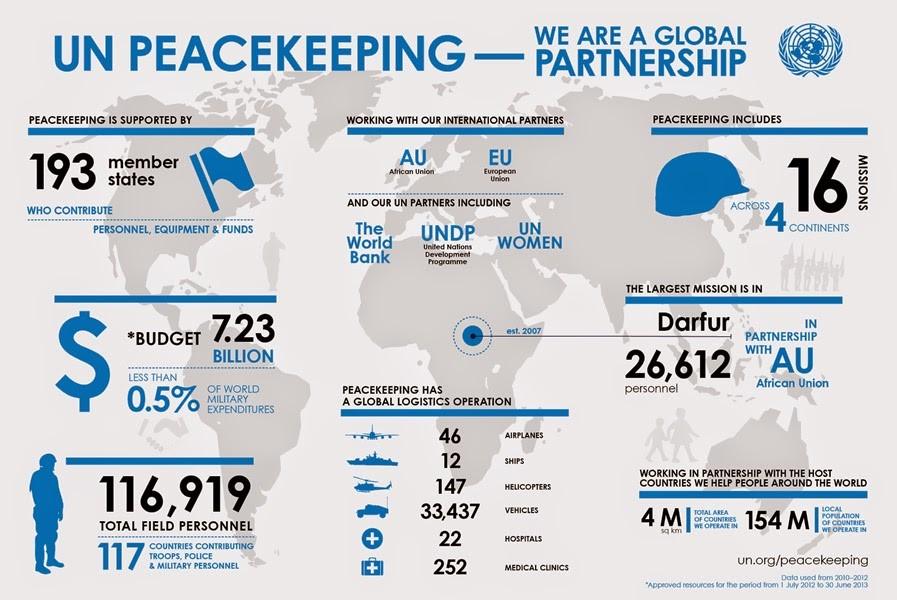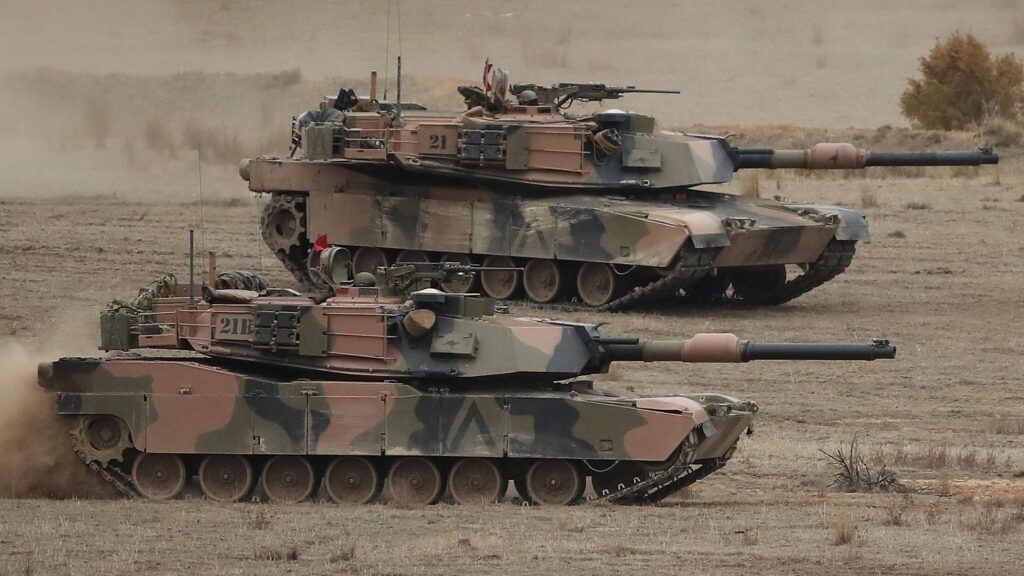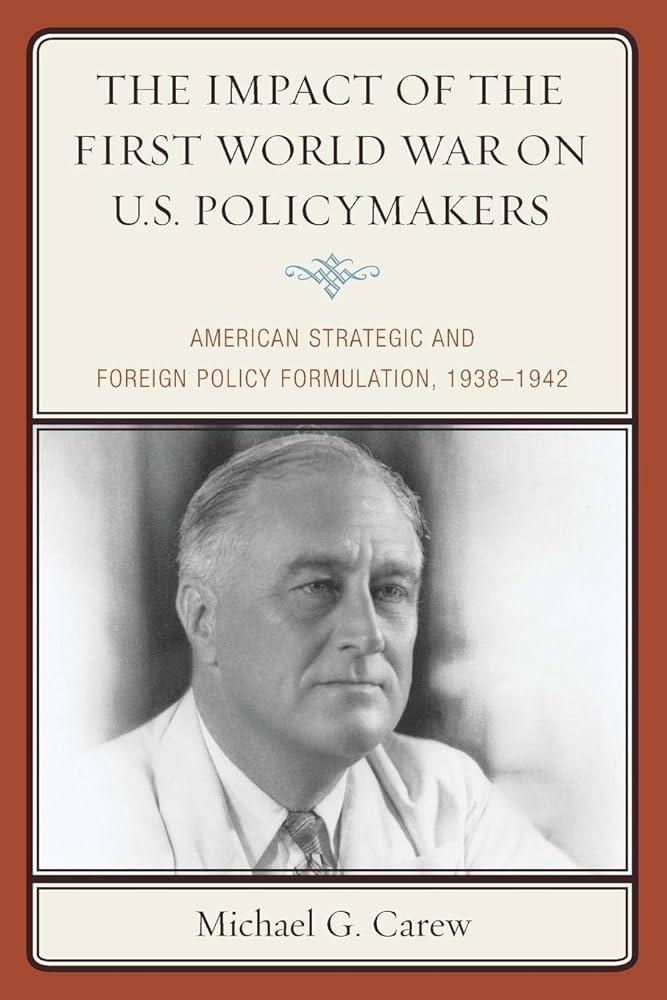War leaves marks that go far beyond what the eye can see. For many veterans and those affected by conflict, the invisible wounds of trauma can be just as challenging as physical injuries. Luckily, therapy offers a path toward healing, helping individuals process painful memories and reclaim a sense of peace and normalcy. In this article, we’ll explore how therapy supports those grappling with war trauma, shedding light on the powerful ways it can restore hope, resilience, and well-being. If you or someone you know is on this journey, keep reading—you’re definitely not alone.
Table of Contents
- Understanding the Emotional Impact of War Trauma
- Effective Therapy Techniques That Promote Healing
- Building a Supportive Environment for Recovery
- Practical Tips for Finding the Right Therapist After Service
- In Retrospect
Understanding the Emotional Impact of War Trauma
War leaves deep psychological scars that often linger long after the battlefield is behind. Individuals affected by war trauma may experience a complex mix of emotions such as fear, anger, guilt, and profound sadness. These feelings can manifest in various ways, including flashbacks, nightmares, and difficulty forming trusting relationships. It’s important to recognize that these responses are not signs of weakness but natural reactions to extreme stress and loss. Understanding these emotional challenges is a vital first step in providing meaningful support and fostering recovery.
Beyond the immediate emotional turmoil, war trauma can also disrupt a person’s sense of identity and security. Many struggle with feelings of isolation and disconnection from those around them. Common emotional impacts include:
- Hypervigilance: An increased state of alertness that makes relaxation difficult.
- Avoidance: Steering clear of reminders of the trauma, which can hinder healing.
- Emotional numbness: Difficulty in feeling or expressing emotions as a coping mechanism.
Recognizing these reactions as part of a broader healing journey helps to remove the stigma and empowers survivors to seek therapeutic help, where they can find safe spaces to rebuild trust, process trauma, and reclaim their lives.
Effective Therapy Techniques That Promote Healing
Among the many approaches to addressing the deep scars left by war, certain therapy techniques have shown remarkable effectiveness in facilitating emotional restoration and resilience-building. Trauma-focused Cognitive Behavioral Therapy (TF-CBT) helps individuals reframe distressing memories and develop healthier thought patterns, allowing them to regain control over their mental landscape. Similarly, Eye Movement Desensitization and Reprocessing (EMDR) promotes healing by engaging bilateral stimulation to process and reduce the intensity of traumatic memories. These methods, combined with compassionate therapist guidance, provide a safe space for veterans and survivors to confront pain without being overwhelmed.
Beyond these, therapies that engage both mind and body play a crucial role in holistic healing. Techniques such as mindfulness-based stress reduction (MBSR) and somatic experiencing encourage individuals to reconnect with their bodily sensations and present moment awareness, which often helps dissolve the persistent tension that trauma implants in the nervous system. Incorporating creative outlets like art or music therapy also fosters expression beyond words, offering non-verbal avenues to process complex emotions. Together, these diverse methods create a comprehensive toolkit that supports recovery from war trauma in nuanced and deeply personal ways.
- Trauma-focused Cognitive Behavioral Therapy (TF-CBT)
- Eye Movement Desensitization and Reprocessing (EMDR)
- Mindfulness-Based Stress Reduction (MBSR)
- Somatic Experiencing
- Art and Music Therapy
Building a Supportive Environment for Recovery
Creating a nurturing space where veterans feel safe and valued is essential to their healing journey. This means fostering trust, establishing clear communication, and promoting empathy among peers, family members, and caregivers alike. When survivors are surrounded by understanding and encouragement, they’re more likely to open up about their experiences and engage deeply with therapeutic practices. Support groups, community events, and family counseling all play an integral role in shaping a positive atmosphere that honors resilience while addressing vulnerability.
Key elements for cultivating this environment include:
- Encouraging open dialogue without judgment
- Providing consistent emotional and social support
- Offering access to resources tailored specifically for trauma recovery
- Creating safe physical spaces that promote relaxation and mindfulness
- Educating loved ones on effective ways to assist with post-traumatic growth
By embedding these principles into everyday interactions, we not only help veterans rebuild their sense of security but also empower them to reclaim control over their lives. Healing isn’t just about individual therapy sessions—it’s about weaving a supportive community fabric that strengthens and sustains lasting recovery.
Practical Tips for Finding the Right Therapist After Service
Choosing the right therapist after service can feel overwhelming, but focusing on key factors can make the journey smoother. Start by seeking professionals who specialize in military-related trauma or have experience with veterans’ mental health. Don’t hesitate to ask about their approach and how comfortable you feel discussing your unique experiences with them. A strong therapist-patient connection is essential, so prioritize empathy and trust over credentials alone. Remember, therapy is a personal experience—what works for one person might not work for another, so be open to exploring different options.
Practical steps can help streamline your search:
- Use veteran support networks and online directories tailored to military mental health.
- Consider teletherapy options for greater flexibility and comfort.
- Check if your insurance covers mental health services relevant to your needs.
- Set up initial consultations to get a feel for the therapist’s style and approach.
Trust your instincts throughout this process and give yourself grace—the right therapist can make a profound difference in your healing journey.
In Retrospect
Healing from the invisible scars of war is a journey, and therapy plays a powerful role in guiding that path. Whether it’s through unraveling complex emotions, rebuilding trust, or simply finding a safe space to be heard, therapy offers hope and healing for those who’ve endured the hardships of combat. If you or someone you know is navigating this road, remember—you’re not alone, and help is available. Taking that first step towards therapy can be the start of reclaiming peace and resilience in life beyond the battlefield. Thanks for reading, and here’s to healing, one day at a time.




